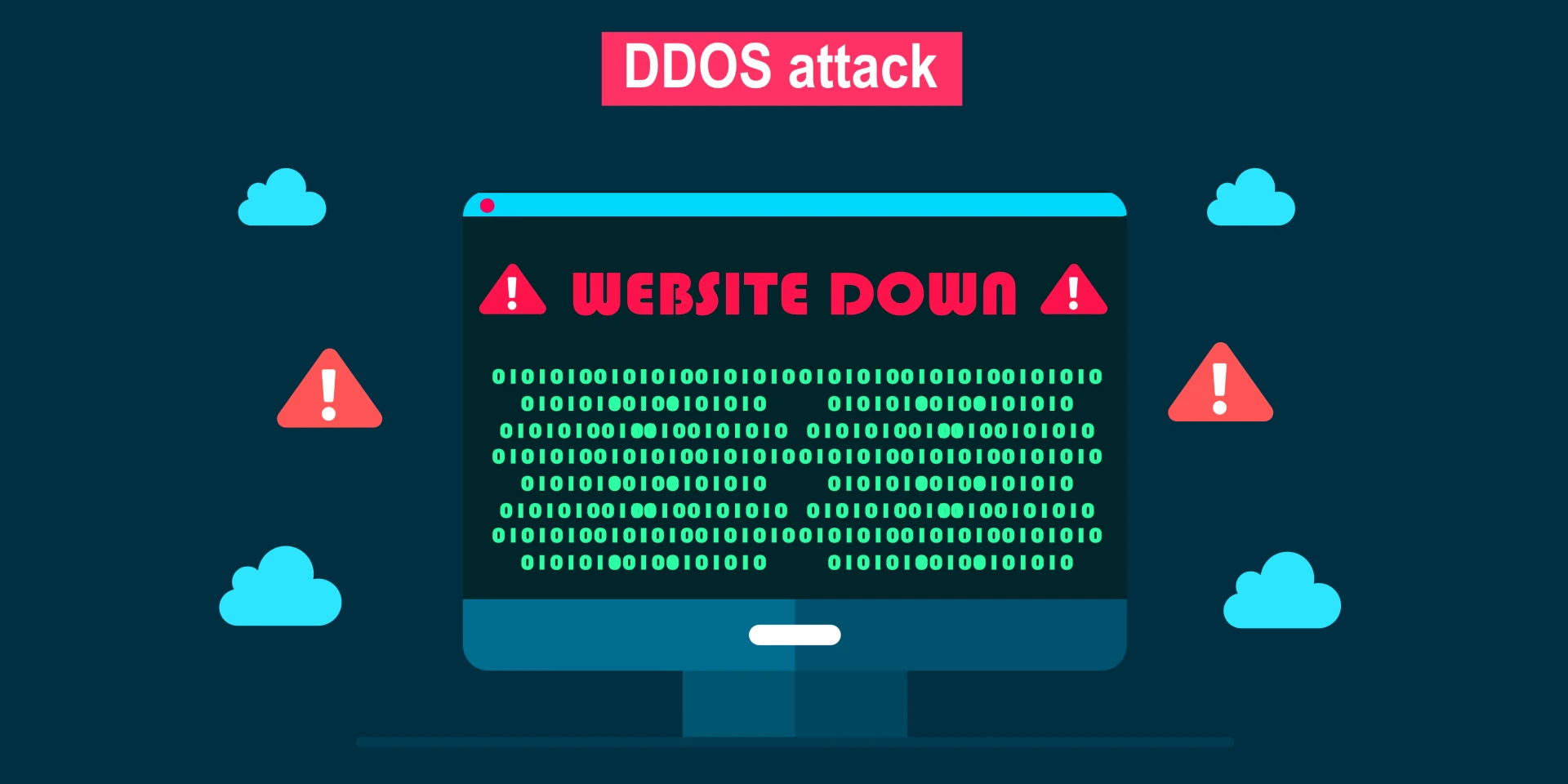In today’s world where everything is connected, cybersecurity is a big deal. People and companies are facing new kinds of computer security threats all the time. Technology is advancing fast, which is great, but it’s also making it easier for bad guys to find weaknesses and attack. We need to watch out for these online dangers.
Cybersecurity is all about the cyber protection of computer systems, networks, devices, and data from unauthorized access, attacks, and potential damage or theft. It involves using a range of technologies, strategies, and practices to ensure that digital information remains confidential, untampered, and accessible.
The core objective of cybersecurity is to prevent, detect, and respond to different types of security threats such as hacking, malware, phishing, data breaches, and various other cyber risks. This collective effort helps mitigate risks for individuals, organizations, and society at large. During our discussion, we’ll explore the evolution of cyber threats, and the measures for protection, and underscore the critical importance of establishing a robust cybersecurity framework.
Evolution of the Cybersecurity Threat
In today’s dynamic technological landscape, keeping pace with emerging trends, security advancements, and threat intelligence poses a formidable challenge. Safeguarding information and valuable assets from a multitude of cyber threats, each with its distinct manifestations has become an imperative necessity.
What are the Different Types of Cyber Security Threats
Malware
Malware, short for “malicious software,” refers to any software intentionally designed to harm, exploit, or compromise computer systems, networks, and devices. It includes a range of malicious programs such as viruses, worms, Trojans, ransomware, spyware, and adware among other kinds of online threats. The primary objective of malware is to infiltrate, damage, or steal sensitive information, disrupt operations, and often generate financial gain for cybercriminals.
Ransomware
Ransomware in cyber security is a type of malicious software (malware) that encrypts the victim’s data, making it inaccessible until a ransom is paid to the cybercriminals. It effectively locks users out of their files and systems, demanding payment usually in cryptocurrency to provide the decryption key.
Ransomware attacks can have devastating consequences for individuals, businesses, and organizations, as they can lead to data loss, financial damage, and operational disruptions.
Social Engineering
Social engineering in cyber security refers to the manipulation of individuals to reveal confidential information, perform actions, or provide access to systems that they wouldn’t normally share or allow. This method involves psychological manipulation rather than technical hacking.
Cybercriminals often use tactics like pretexting, phishing, baiting, and impersonation to exploit human behaviour and gain unauthorized access to sensitive data, systems, or resources. It preys on human psychology, thousand t, and often involves tricking individuals into revealing passwords, and personal information, or performing actions that compromise security.
Phishing
Phishing in cyber security is a technique where attackers send deceptive emails, messages, or websites that appear to be from legitimate sources to trick recipients into revealing sensitive information, such as passwords, credit card numbers, or personal details.
These fraudulent communications often create a sense of urgency or use emotional appeals to manipulate individuals into taking actions that compromise their security. Phishing attacks can lead to identity theft, financial loss, and unauthorized access to accounts or systems.
Spear Phishing:
Spear phishing in cyber security is a targeted form of phishing attack where cybercriminals personalize their deceptive messages to specific individuals or organizations. Unlike generic phishing emails, spear phishing messages are tailored with information about the recipient, making them appear more authentic and convincing.
This tactic leverages the familiarity factor to increase the likelihood of the recipient falling for the scam. spear phishing cyber attacks can be highly effective in gaining access to sensitive information or initiating malicious actions within a specific target.
Insider Threats
Insider threats in cyber security refer to security risks that arise from individuals within an organization who misuse their access and privileges to compromise the confidentiality, integrity, or availability of data, systems, or resources. This attack can be both unintentional, such as employees accidentally exposing sensitive information, and intentional, where employees purposely engage in malicious activities.
Insider threats can result in data breaches, intellectual property theft, financial losses, and reputational damage to the organization. Preventing and mitigating insider threats requires a combination of security measures, monitoring, and employee awareness.
Distributed Denial-of-Service (DDoS) Attacks
Distributed Denial-of-Service (DDoS) attacks are cyberattacks where computer security threats compromise, often part of a botnet, and flood a target system, network, or website with a massive amount of traffic. This overwhelming traffic congestion causes the target to become unavailable or significantly slow down, rendering it inaccessible to legitimate users.
DDoS cyber attacks disrupt online services, impact business operations, and can lead to financial losses and reputational damage. Organizations deploy various mitigation techniques and solutions to defend against these attacks and ensure uninterrupted online services.
Advanced Persistent Threats (APTs)
Advanced Persistent Threats (APTs) are sophisticated and prolonged cyberattacks that involve highly skilled threat actors targeting specific organizations or individuals. APTs’ cyberattacker aims to gain unauthorized access to systems, gather sensitive information, and maintain a long-term presence within the target’s network, often remaining undetected.
These attacks involve careful planning, customized techniques, and continuous monitoring to evade detection and achieve their objectives. APTs are typically associated with nation-state actors, organized crime groups, or other highly motivated cybercriminals. Detecting and mitigating APT cybersecurity requires advanced measures, constant monitoring, and threat intelligence.
Man-in-the-Middle (MITM) Attacks:
Man-in-the-middle (MITM) attacks are cybersecurity breaches where an unauthorized actor intercepts or alters communications between two parties without their knowledge. This intermediary position enables the attacker to eavesdrop on sensitive information, manipulate data, or inject malicious content into the communication flow.
Man-in-the-middle attack often occur in unsecured or compromised networks, such as public Wi-Fi, where the attacker can capture data exchanged between users and a website or service. Employing encryption, secure connections, and digital certificates can help prevent and protect against MITM attacks.
Other Types of Cyber Security Threats:
Numerous other cyber threats warrant attention, including:
- Botnets: Networks of compromised devices manipulated for coordinated attacks.
- Drive-By-Download Attacks: Exploiting web vulnerabilities to deliver malicious downloads.
- Exploit Kits: Packages of software designed to exploit vulnerabilities in systems.
- Malvertising: Malicious advertisements that implant malware.
- Vishing: Voice phishing attacks conducted via phone.
- Credential Stuffing Attacks: Employing stolen credentials to breach accounts.
- Cross-Site Scripting (XSS) Attacks: Exploiting web application vulnerabilities.
- SQL Injection Attacks: Targeting vulnerabilities in database queries.
- Business Email Compromise (BEC): Manipulating employees to transfer funds.
- Zero-Day Exploits: Exploiting undisclosed vulnerabilities before patches are available.
Understanding these different types of cyber security threats is integral to crafting robust cyber security protection strategies and defences against an evolving array of dangers. Taking about the security methods that can used to protect against cyberattacks there are several methods that can be used.
Conclusion:
In today’s interconnected world, cybersecurity is paramount. As technology advances, so do digital threats. Cybersecurity safeguards systems, networks, and data from unauthorized access, attacks, and damage. From malware to phishing, staying vigilant is crucial.
The goal? Prevent, detect, and respond to hacking, breaches, and cybercrimes. A strong cyber security protection strategy is essential, entailing the integration of diverse security measures to effectively shield against evolving threats. This approach encompasses network security, endpoint protection, and cloud security, culminating in a formidable defence against cyberattacks. For more information Inquire now










